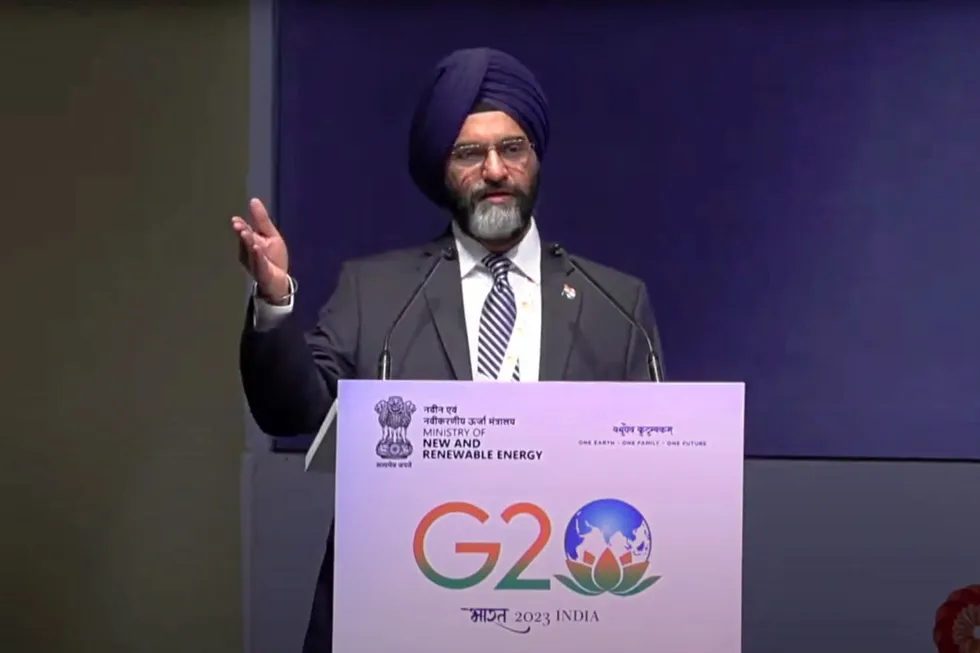'India to issue first giga-scale tenders in June for green hydrogen production and electrolyser manufacturing'
Top civil servant tells local publication that the first tranche of finance will be able to fund 15GW of electrolysers and three million tonnes of renewable H2
